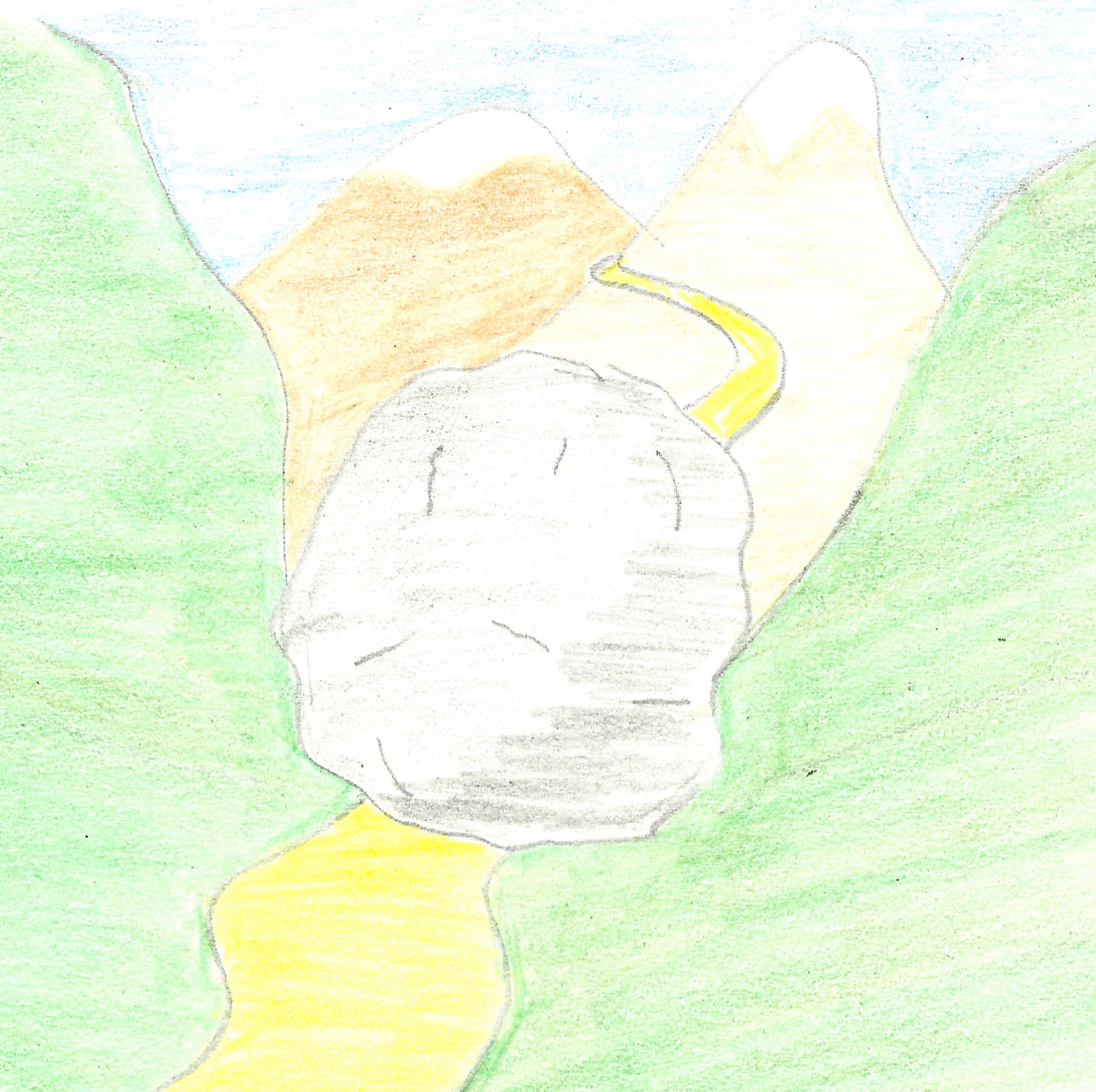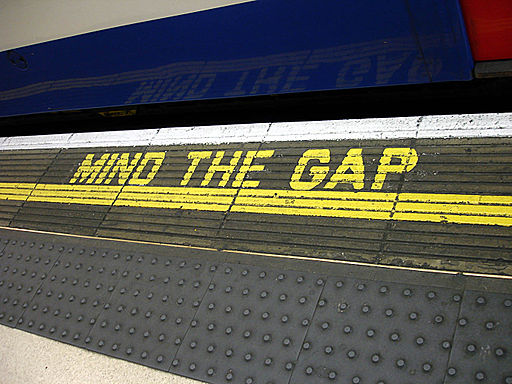The biggest obstacle to successfully transitioning from your corporate career to a new lifestyle “After the Mothership” is not money, or connections, or any of the other obstacle that you imagine are in your way. It is shame.
It is the shame you feel when you have been ‘let go’, or have taken the package, or agreed to ‘explore pastures new’. Even though you are told it is not about you, it is the company that has to change, it is the position that has been made redundant, the story you tell yourself is “I am useless, I am a failure.”
Brene Brown defines shame as the fear of rejection, the feeling that we are not worthy of love and belonging. It’s not the same as guilt, it’s much more powerful and dangerous. Guilt is saying “I did something bad”, shame is saying “I am bad”. Guilt is a focus on behaviour, shame is a focus on self.
Shame needs three things to thrive: secrecy, silence and judgement. When we deny it, when we don’t speak about it, when we try to hide it because we are worried about how others see us, we are unwittingly cultivating it. It thrives and grows and invades every part of our being and leads to depression, addiction, aggression and worse. Shame can destroy us, our relationships, our lives.
We deny it because we are probably the only one in our peer group that is in this position. At best, we will be one of a few. We already have been rejected by the corporation we used to work for and now we find we do not belong in our social group. We stand apart because we are not in a ‘normal job, we stand apart because we are going through a major life transition whilst they are all (seemingly) carrying on much as before.
At the very time shame rears it’s head and fuels our fear of rejection, we feel rejection. At the very time we fear we are not worthy of love and belonging, we feel estranged from those closest to us and that we don’t quite belong any more. So our response is to ignore it, to pretend that we are still the same when we cannot possibly be. And we withdraw, we avoid awkward social situations where we might be asked what we do, where we might feel our worth is being judged. We go within ourselves, we cut ourselves off from the groups we belong to, cut ourselves off from the love that is available to us.
As we push ourselves deeper into our shame, it runs two tapes in our head. The first is “You are not enough – not good enough, not smart enough, not anything enough”; and the second is “Who do you think you are?” These put our self-worth in a vice-like grip and squeeze the life out of it, draining us of the very resource we need to get through this life change.
Our generation, now in our 50s, is not good at talking about these issues. We lack the language, we are uncomfortable addressing our emotions, we don’t share them and support each other with empathy as routine. Men are particularly bad at this and also feel the greatest shame in this situation. We feel very strongly the obligation to be the provider and protector to our family and so we feel an acute sense of failure when, through no fault of our own, we are unable to fulfil this role. Even if intellectually we know it is a shared responsibility with our partner, we still hold on to this at an emotional level and it is a big trigger for our shame. So we try to bury those feelings and pretend we are the same as before.
It’s not unusual for people to get depressed after their corporate career ends. It’s also quite common for people to self-medicate with alcohol or other drugs, or to have a bit of a melt-down. This causes further isolation, more withdrawal and deepens the sense of not belonging. For many people it is just a passing phase and they come out of it and get back to their normal level of mental health but for others it persists and for a few it develops into a significant mental health issue. But we don’t talk about this. We let shame take over and we keep quiet, letting it grow even more.
I believe shame is the single biggest issue for us to address when we leave our corporate careers and the hardest for us to deal with. It is essential that we do, though, because it is the barrier to our progress. Shame has no place in transformation, which is our objective, so we must resolve it.
The good new is that there is an antidote to shame and that is empathy. When we share our troubles and our feeling with others we allow them to innoculate us with their empathy.
Brene Brown tells us how to do this when she says
“Shame hates having words wrapped around it. If we talk about it, it loses it’s grip on us”.
It’s time we starting talking about shame.



